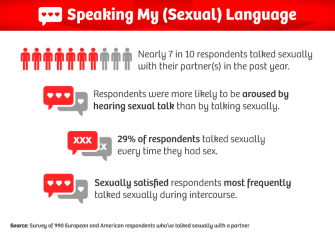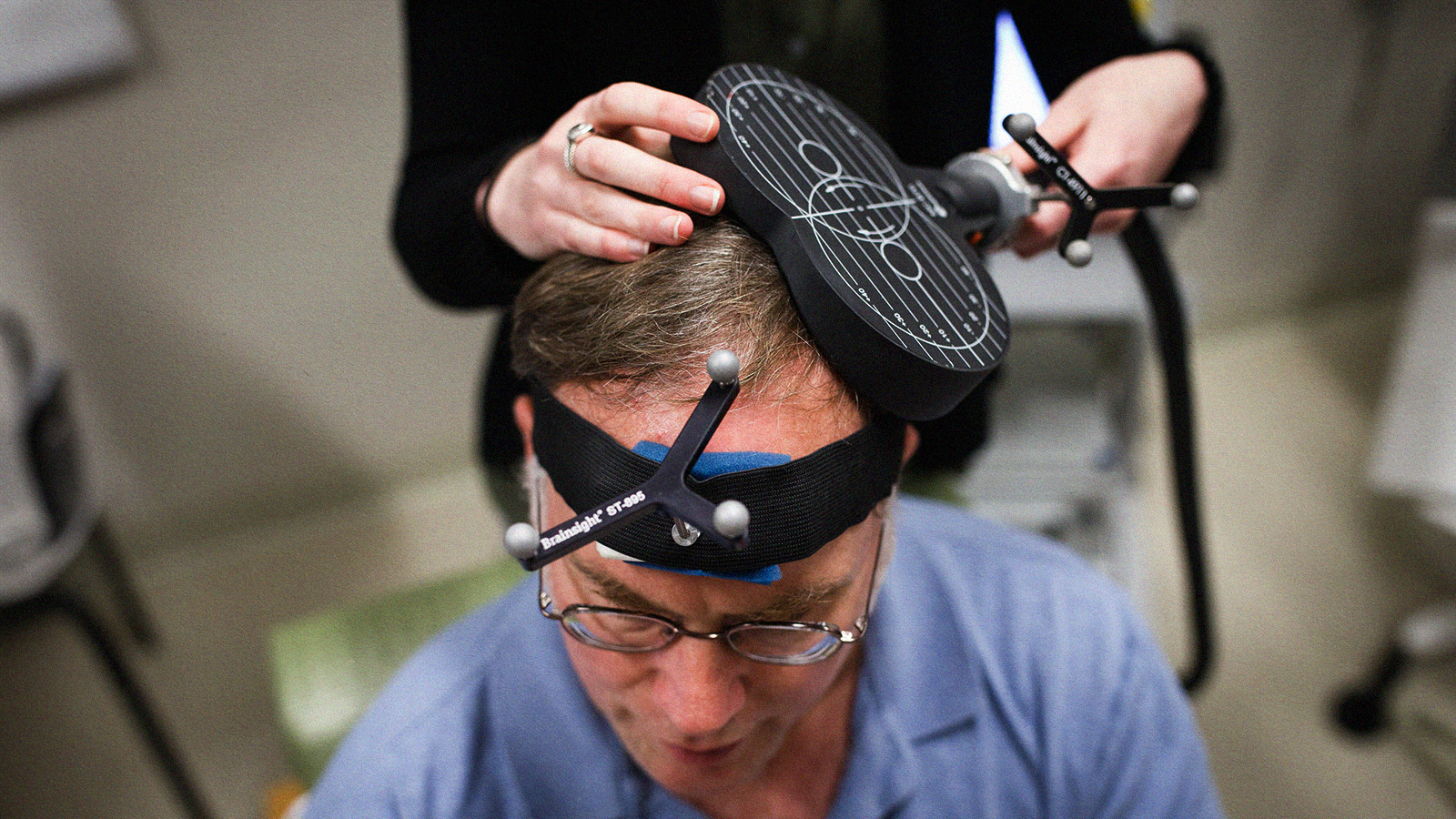Let’s talk sex: The science of your brain on dirty talk

Photo Credit: Popperfoto / Getty Images
- One in five people in a new study admit that they have stopped sex cold because of the dirty talk.
- 90% of the participants felt aroused by the right erotic talk with their partner.
- Dirty talk activates the erogenous zones of the brain: the hypothalamus and amygdala.
By electrifying our most powerful sex organs, our brains, research has shown that provocative conversation has the ability to add serious sizzle to our sex lives. Yet, it’s a highly subjective form of bedroom art that comes in many varieties. In fact, one in five people admit that they have stopped sex cold because of the dirty talk. A chilling statistic.
This is according to a new study conducted by Superdrug Online Doctor that looked into the sex talk preferences of 990 participants in the United States and Europe ages 18-83, all of whom had talked sexually with a partner. And while 90% of the participants felt aroused by the right erotic talk with their partner, clearly the stakes of hitting a goldilocks heat level in sexual language are very high.

Source: Superdrug Online Doctor survey
What’s hot and what’s not?
Participants said that a safe bet is not to start off with talk that’s too aggressive and too intimate too soon. What the study recommends is beginning slowly with suggestive, flirty questions paired with light touching. Perhaps the best received form of dirty talk is simply complimenting your partner’s performance as well as articulating what you want your partner to do to you, or what you want to do to your partner. “Respondents were quick to pay appreciation to times when a partner articulated a sexual request or desire, with more people reporting that these phrases were a turn-on than any other form of dirty talk,” reports the study.
Another relatively well-received form of erotic bedroom language is moaning. Forty-four percent of participants said that it turned them on the most. This is because the sound, according to the study, “produces a physical and tangible representation of pleasure and offers a sign to someone’s partner that the interaction is enjoyable.” They’re letting you know for sure that you’re doing something right.
The biggest point of contention in the survey was nicknames, particularly of the derogatory variety (e.g. “whore”, “daddy”). These were the number one turn-off for some respondents, yet they were the number three turn-on for others. When it comes to the pet names, the message seems to be to proceed cautiously, starting off lighter (“sweetheart”, “baby”). You can always add spice, but if you cross the line you risk obliterating the mood and finding yourself among that unfortunate 1-in-5 statistic cited earlier. Setting boundaries through honest conversation is the safest way to navigate these waters.

Source: Superdrug Online Doctor survey
Inspiration
So, where do people learn the language of good dirty talk? According to 61% of the respondents, it was inspired by spur-of-the-moment events such as what their partner was doing at the time. The next top inspirations for men and women were previous partners and pornography.
Thirty-five percent of the respondents said that they had drawn on dirty talk from a previous sexual encounter. (Un-shockingly, 61% of participants said they would be annoyed if they knew their partner had done that.) Pornography was another popular inspiration, particularly for men who at 45% were twice as likely as women to borrow dirty language from porn.
This is your brain on dirty talk
So, why does dirty talk turn us on? It has to do with a few “erogenous zones” in the brain that effect how we respond to sex talk and sexual stimulation. Sex drive and testosterone production originate in two parts of the hypothalamus: the preoptic area and the suprachiasmatic nucleus. Dirty talk stimulates both of these areas.
“People very much enjoy dirty talking because it activates all regions of your brain while your body is also getting stimulated,” sex and neuropsychology expert Daryl Cioffi told Medical Daily in 2015. “Similar areas of the brain are touched upon during dirty talk as when we curse. So, very often as your brain sees it, the dirtier the better.”
Another important area in the brain is the amygdala, a fear center that plays a large role in the excitement and pleasure experienced during sex. Submissiveness in bed, such as being called names, can stimulate the amygdala by making a participant feel vulnerable.
Essentially, provocative language is perceived as sex through suggestion. It satisfies our desire for intimate and vulnerable conversation, as well as a lust for sexual activity in a way that helps partners bond mentally, physically and emotionally. Erotic language provides a multifaceted sexual experience that penetrates beyond physical touch by stimulating our minds.





